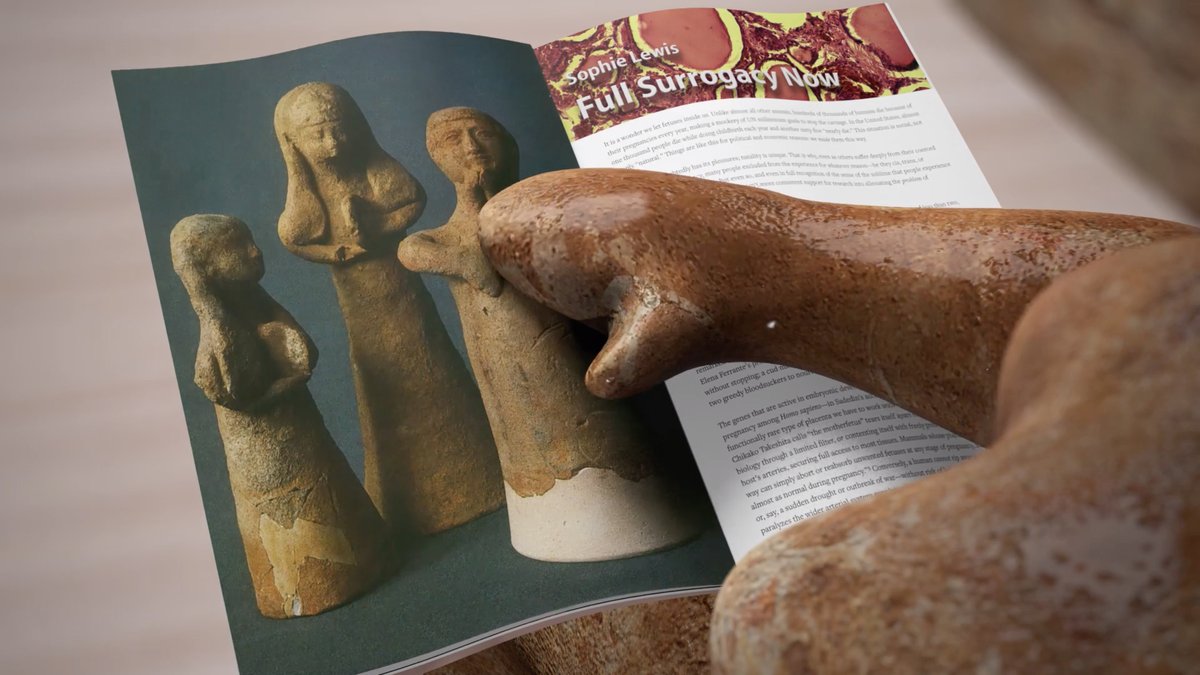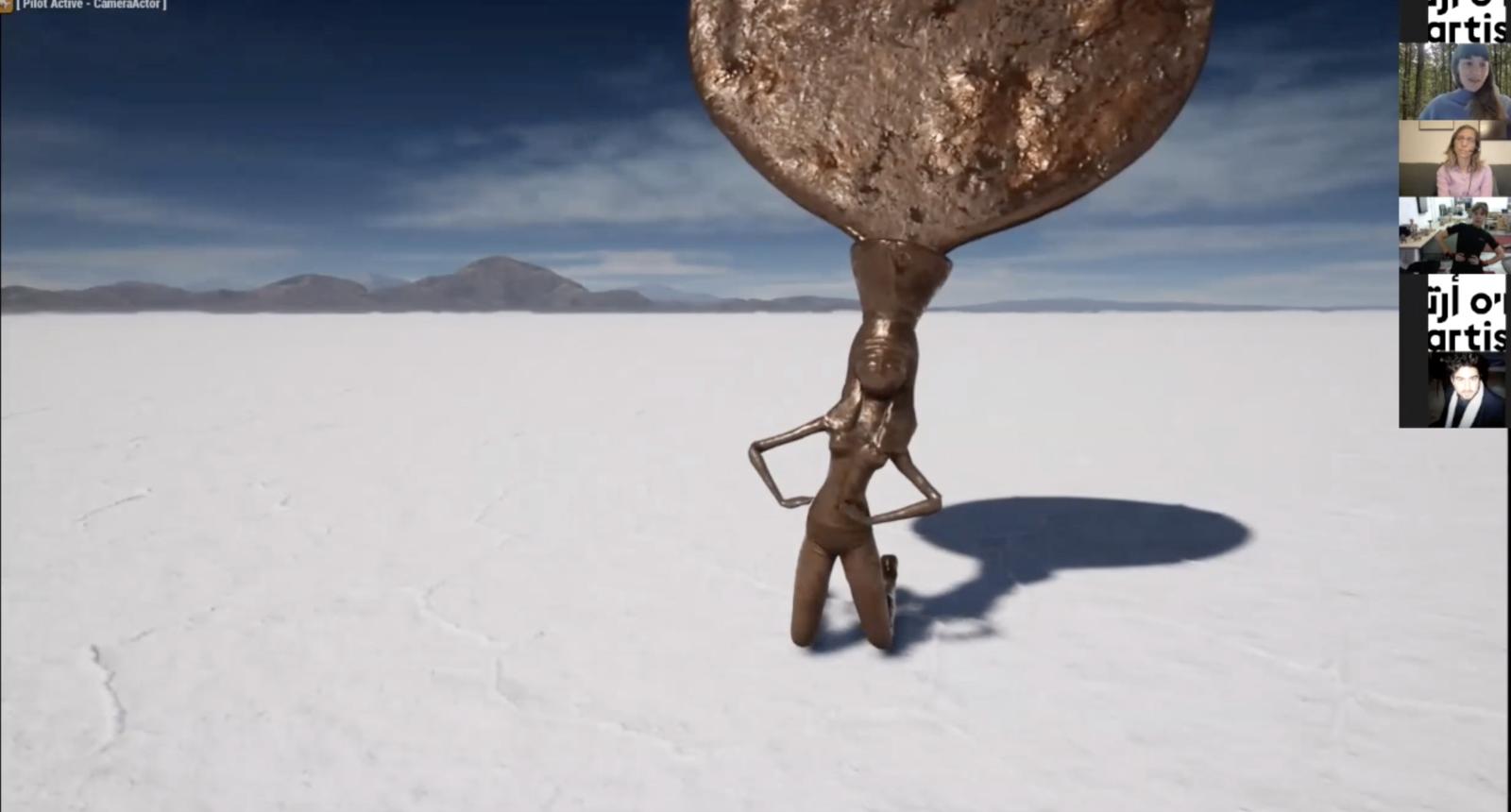
Ruth Patir, Petah Tikva, 2020, stills from video animation.
There Are Worse Things I Could Do: Artist Ruth Patir in conversation with curator Maayan Sheleff
In this program, artist Ruth Patir and curator Maayan Sheleff discussed relationships among gender representation, politics of motherhood, and reproductive rights in the digital age, as explored through their recent and ongoing collaborations.
The starting point for the discussion was “M/otherland” (2021), the publication of Ruth Patir's solo exhibition at OnCurating Project Space in Zurich, Switzerland, which was curated by Maayan Sheleff and supported by Artis. Marking Patir’s first solo show in Europe, “M/otherland” is an experimental, cross-generational, documentary saga. The exhibition films, multi-screen installations, sculptures, and related publication tell stories from the perspective of fertility goddesses from ancient Judean times, reimagined as real-life women.
Patir uses motion capture technologies—a technique commonly associated with gaming culture—to embody and animate fertility goddess statuettes. These archeological relics, which were used in ancient fertility rituals, are part of the archeology collection of the Israel Museum in Jerusalem. Speculating about the past and present, Patir brings new voices to these female goddess archetypes, including the voice of the artist’s mother, as the statuettes practice yoga, sit in the waiting room at the doctor’s office, and navigate other elements of contemporary, technocentric society. “M/otherland” examines the politics of gender while considering how technology is both a privilege and form of control.
Patir and Sheleff presented works from the exhibition and reflected on topics explored in the related publication (which appears in the work, Petah Tikva, 2021, pictured above). The publication presents as an artist book and stand alone artwork, with a mix of images and visual materials, alongside notes and fragments of texts by feminist scholar Donna Haraway and other notable figures. It serves as a record of the research that Patir and Sheleff conducted for the exhibition, and the subconscious disposition of the artist. Exploring the publication’s themes, Patir and Sheleff reflected on the nuanced and poetic relationship between an artist and curator as co-thinkers in the art-making process.
